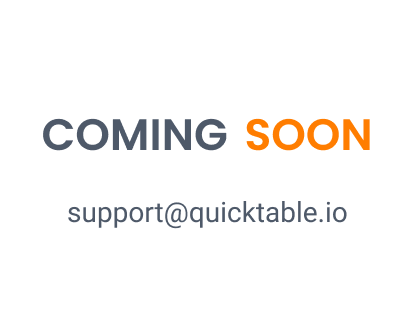Customizable HTTP REST API Testing Tool

Introduction
Our professional tool usage introduction makes REST API testing a breeze. Enter REST request parameters, click send, wait for the results to appear.
Customizable HTTP REST API Testing Tool
Introduction
The Customizable HTTP REST API Testing Tool is a powerful tool that allows developers to test their RESTful APIs. With this tool, developers can easily send REST requests and receive responses, making it easier to debug and test their APIs. This tool is highly customizable, allowing developers to tailor it to their specific needs. In this guide, we'll walk you through how to use this tool to test your RESTful APIs.
Step-by-step guide to use Customizable HTTP REST API Testing Tool to test your APIs
Enter REST request parameters
Before sending a REST request, you need to enter the necessary parameters. These parameters may vary depending on the API you are using. For example, if you are using a weather API, you may need to enter the location, date, and time for which you want to get the weather information. It is important to ensure that you enter the correct parameters, as incorrect inputs can result in inaccurate or irrelevant results. You can refer to the API documentation to understand the required parameters and their formats.
Click send
Once you have entered the necessary parameters, you can click on the "send" button to submit the REST request. This will send the request to the API endpoint and initiate a response from the server. It is important to note that the response time may vary depending on the complexity of the request and the server's response time. You may need to wait for a few seconds or minutes for the response to appear.
Wait for the results to appear
After submitting the REST request, you need to wait for the results to appear. The response may contain various types of data such as JSON, XML, or HTML, depending on the API you are using. Once the response appears, you can analyze the data and extract the required information. It is important to ensure that you understand the format and structure of the response data to effectively use it. In some cases, the response may contain errors or exceptions, which you need to handle appropriately. You can refer to the API documentation to understand the error codes and their meanings.
Alternative Methods
Command-line Tools
Command-line tools are one of the most popular alternatives to test RESTful APIs. These tools provide a command-line interface to send HTTP requests to the API and receive responses. Some popular command-line tools for API testing include cURL, HTTPie, and Postman CLI. These tools are ideal for developers who prefer working with the command line and want to automate API testing.
Browser Extensions
Browser extensions are another popular alternative for testing RESTful APIs. These extensions allow developers to test APIs directly from their web browsers. Some popular browser extensions for API testing include Postman, RESTClient, and Advanced REST Client. These extensions provide a user-friendly interface for testing APIs and are ideal for developers who prefer working with web applications.
Other Testing Frameworks
There are many other testing frameworks available for testing RESTful APIs. Some popular testing frameworks include JMeter, SoapUI, and TestComplete. These frameworks provide a wide range of features for API testing, such as load testing, security testing, and functional testing. These frameworks are ideal for developers who want to perform comprehensive testing of their APIs.
Customizable HTTP REST API Testing Tool
The Customizable HTTP REST API Testing Tool is a highly customizable and user-friendly interface that makes it easy to test APIs. This tool allows developers to send HTTP requests to the API and receive responses in a user-friendly interface. The tool provides a wide range of features for API testing, including authentication, headers, and parameters. The tool also allows developers to customize the interface to their specific needs. The Customizable HTTP REST API Testing Tool is ideal for developers who want a user-friendly interface for testing APIs without the need for coding. The tool is also highly customizable, allowing developers to tailor the interface to their specific needs. The tool is suitable for both beginners and experienced developers who want a simple and effective way to test their APIs.
Conclusion
In conclusion, the Customizable HTTP REST API Testing Tool is an essential tool for any developer working with RESTful APIs. With its powerful features and highly customizable interface, testing and debugging APIs has never been easier. Give it a try and see for yourself how it can improve your workflow.